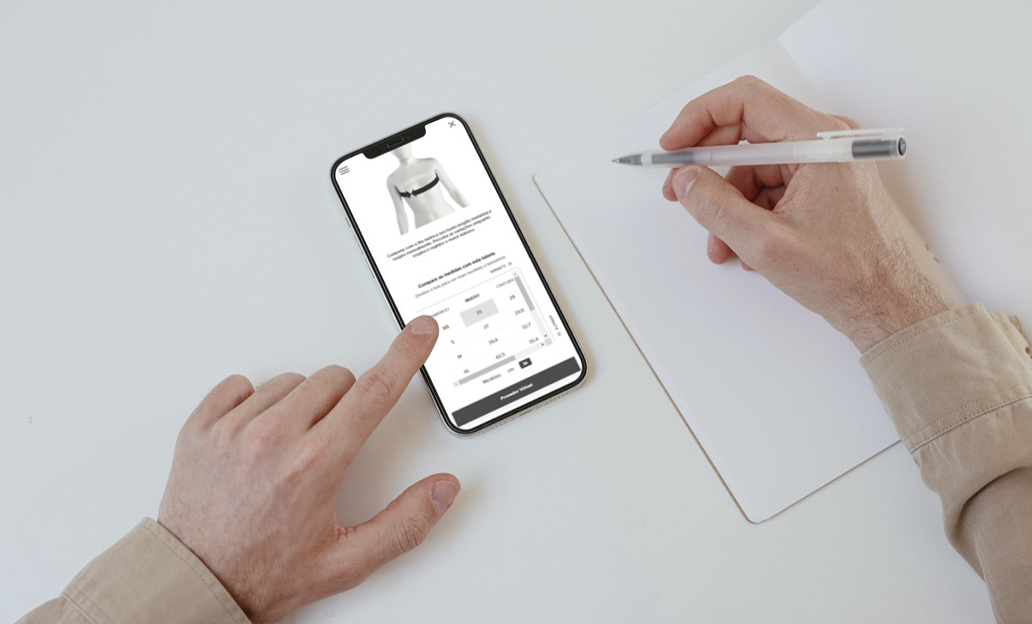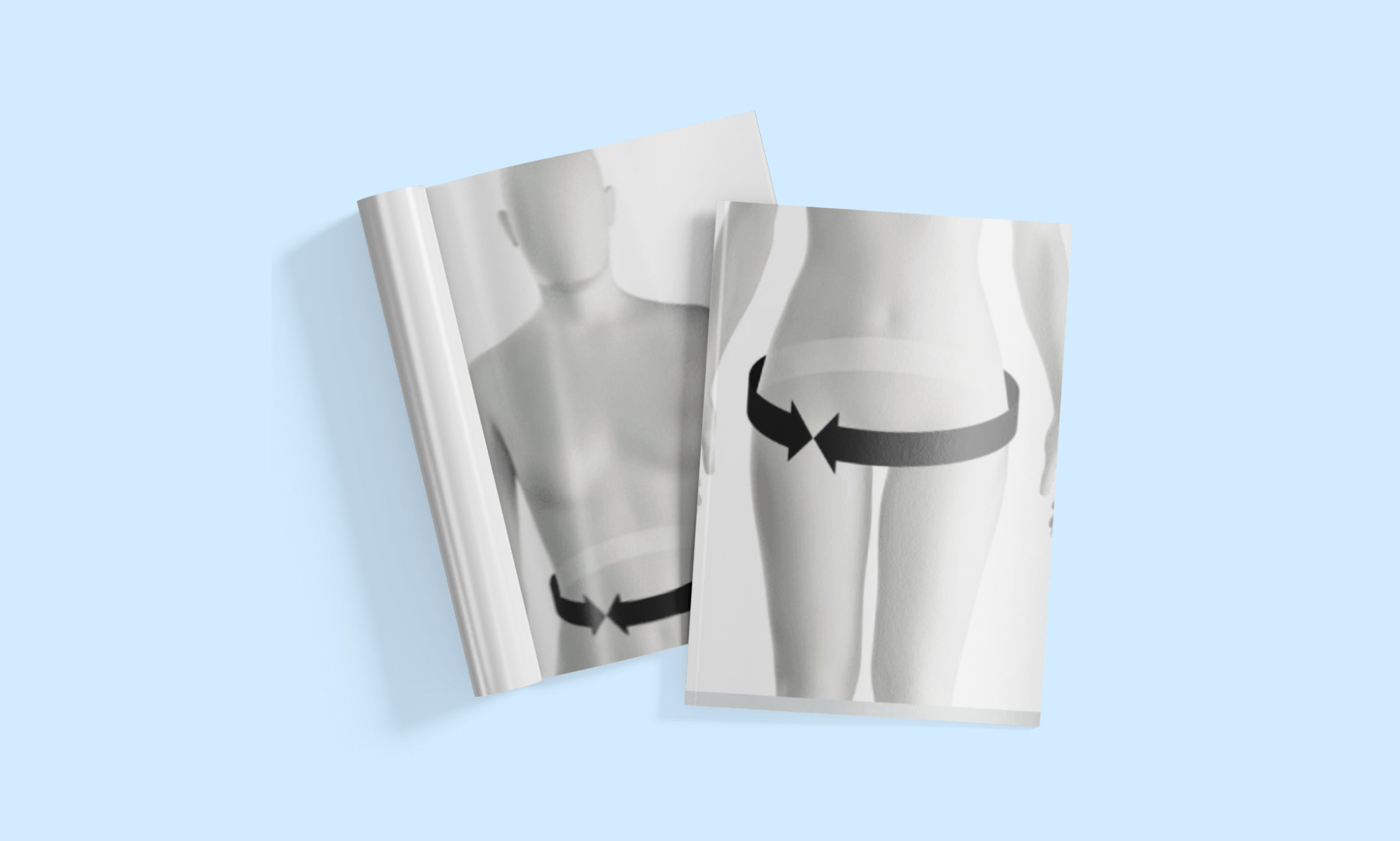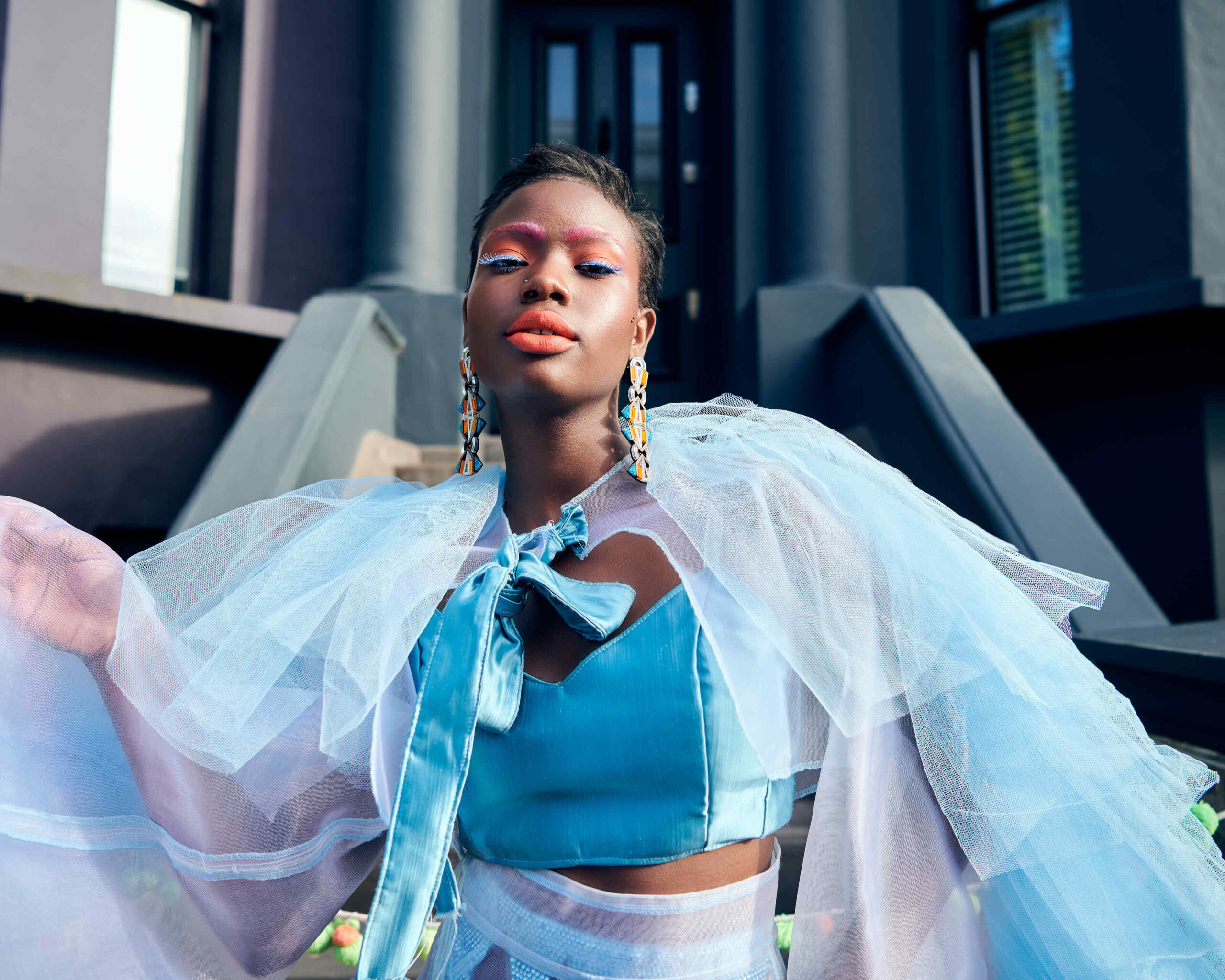Straight to the point
Size charts are an incredibly important resource for customers shopping for clothes online. Despite this, it’s common for online fashion retailers to be confused over whether they should use body or garment measurements for their size charts.
Body and garment measurements also confuse shoppers who may not know how to take measurements or measurements correspond to..
We consulted our patternmakers to write this article and help clear up confusion that fashion e-commerce managers might have when it comes to size charts.
The content presented in this article is also available as a video you can watch below:
WHY DO SIZE CHARTS CAUSE SO MUCH CONFUSION?
As more and more people buy clothes online, size charts play an important role in helping customers decide which size to buy. But for people who work with fashion e-commerce and need to develop size charts from scratch, they can be a bit of a headache.
Size charts cause so much confusion because the most common way to develop a chart is to use a garment as a reference.
However, because of things like patterns, fit, and fabric characteristics, garment measurements don’t always translate to body measurements.
THE CASE OF LEGGINGS
Leggings are a great example of how garment measurements don’t always reflect body measurements. Since leggings are form fitting, they’re made with stretchy fabrics, precisely so that they can stretch when worn.
If you were to use leggings as a reference to obtain garment measurements, such as circumference, and use them for a size chart, the measurements for your leggings would be much smaller than the legs that’ll actually be wearing them.
THE CASE OF OVERSIZED CLOTHING
There’s also the case of pieces that are meant to be larger or looser – oversized garments. For example, jackets are meant to be wide fitting and looser on the body, which means the garment measurements of a jacket would result in the opposite of the leggings example. For a jacket, the garment measurements will be larger compared to the body measurements of the people wearing them.
That’s why it’s important for customers to understand the measurements in a size chart and how to read them.
4 STEPS TO CREATE SIZE CHARTS FOR YOUR FASHION E-COMMERCE STORE
1. USE A FIT MODEL OR MANNEQUIN TO TAKE BODY MEASUREMENTS
Use a fit model or mannequin as a basis for developing your size chart. Check the fit model or mannequin’s body measurements and assess what sizes they wear.
The measurements for whatever size the fit model or mannequin is wearing will form the basis of your size chart.
2. ANALYZE THE VARIATION BETWEEN SIZES
Now it’s time to identify the differences between sizes. This is done by using different-sized fit models or mannequins and having them wear different sizes to determine the difference in body measurements between sizes.
For example, if a fit model with a 33” bust wears a small while the model that fits a size medium has a 35” bust, you know that the difference between the small and medium sizes is 2 inches.
You’ll use this as the default difference to create the measurements for the other sizes in your size chart.
If you already know that the other sizes don’t follow the same pattern, we recommend checking the difference between all sizes.
3. PROCEED TO THE NEXT SIZES
Now that you have a default body and the difference between sizes, you add them together to find the next sizes for your size chart.
For example, if you confirmed that someone who wears a small has a 33” inch bust, and the difference between sizes is 2 inches, then you know that size medium fits a 35” bust, the size large fits a 37” bust, and so on.
4. HOW DO I KNOW IF THE TABLE WORKS FOR OTHER PRODUCTS?
After creating a size chart for one piece, you may wonder if it can be used for other pieces in your collection.
For this, you’ll have to analyze each product and verify if the same body measurements will work.
Generally, tables with standard measurements are fine for all the other products, but you should double-check if they work using the default mannequin or fit model that was used in the first step.
If the fit model or mannequin wears the same size in a different piece, then you know that the same size chart will work for that piece. But if they wear a different size,, you’ll have to go through the previous steps for the new product.
5 TIPS TO CREATE SIZE CHARTS FOR YOUR FASHION E-COMMERCE:
1. ALWAYS USE BODY MEASUREMENTS AND NEVER GARMENT MEASUREMENTS!
Providing body measurements makes it easier for customers to determine their size by comparing size chart measurements with their own measurements.
Body measurements are also more appropriate when taking into account fit, style, and elasticity, as we mentioned earlier. .
2. MAKE SURE TO USE SPECIFIC SIZE CHARTS FOR EACH PRODUCT
A common mistake committed by many online fashion retailers is to use a single-size chart for their entire website. This only serves to confuse customers further.
Make sure you have a separate size chart for all pieces that follow the same sizing.
3. ONLY DISPLAY RELEVANT MEASUREMENTS
If a customer is shopping for a pair of pants, they shouldn’t come across a size chart listing sleeve length. That’s like asking a customer to try on a pair of pants to buy a shirt.
Size charts for tops should only list upper-body measurements and vice versa for bottoms.
4. HELP CUSTOMERS UNDERSTAND THEIR OWN MEASUREMENTS
Make sure customers understand where body measurements are taken and how they can measure themselves. Use images and texts so customers understand their measurements and purchase the right size.
5. OFFER CUSTOMERS THE CHOICE TO CREATE THEIR OWN MEASURING TAPE
Customers don’t always have access to a measuring tape. As an alternative you can provide a measuring tape that customers can print out themselves to use.

CONSIDER A SIZE RECOMMENDATION TOOL
Despite your best efforts, and no matter how complete your size charts are, you’ll inevitably still have customers who aren’t sure what size to purchase.
For cases like this, we recommend having a customer support team that can chat with customers and answer any questions they may have.
Another option you can consider is implementing a size recommendation tool or virtual fitting room. Virtual fitting rooms allow customers to get quick size recommendations and clear up size confusion.
To use virtual fitting rooms, users enter some data, like height, weight, and age, and then the tool calculates body measurements and correlates them with the size charts created by the e-commerce store.
Many online fashion retailers use virtual fitting rooms to allow customers to make assertive decisions when it comes to picking the right size. As a result, they’re also an excellent way to improve conversions and reduce exchange and return rates
If you still have questions about size charts, patterns, or user experience, feel free to reach out to us.


